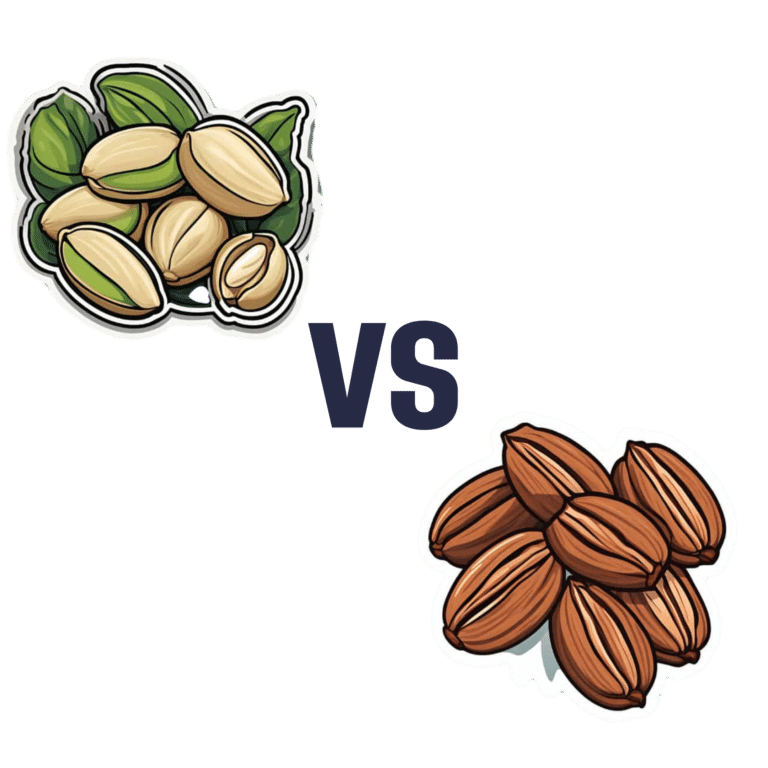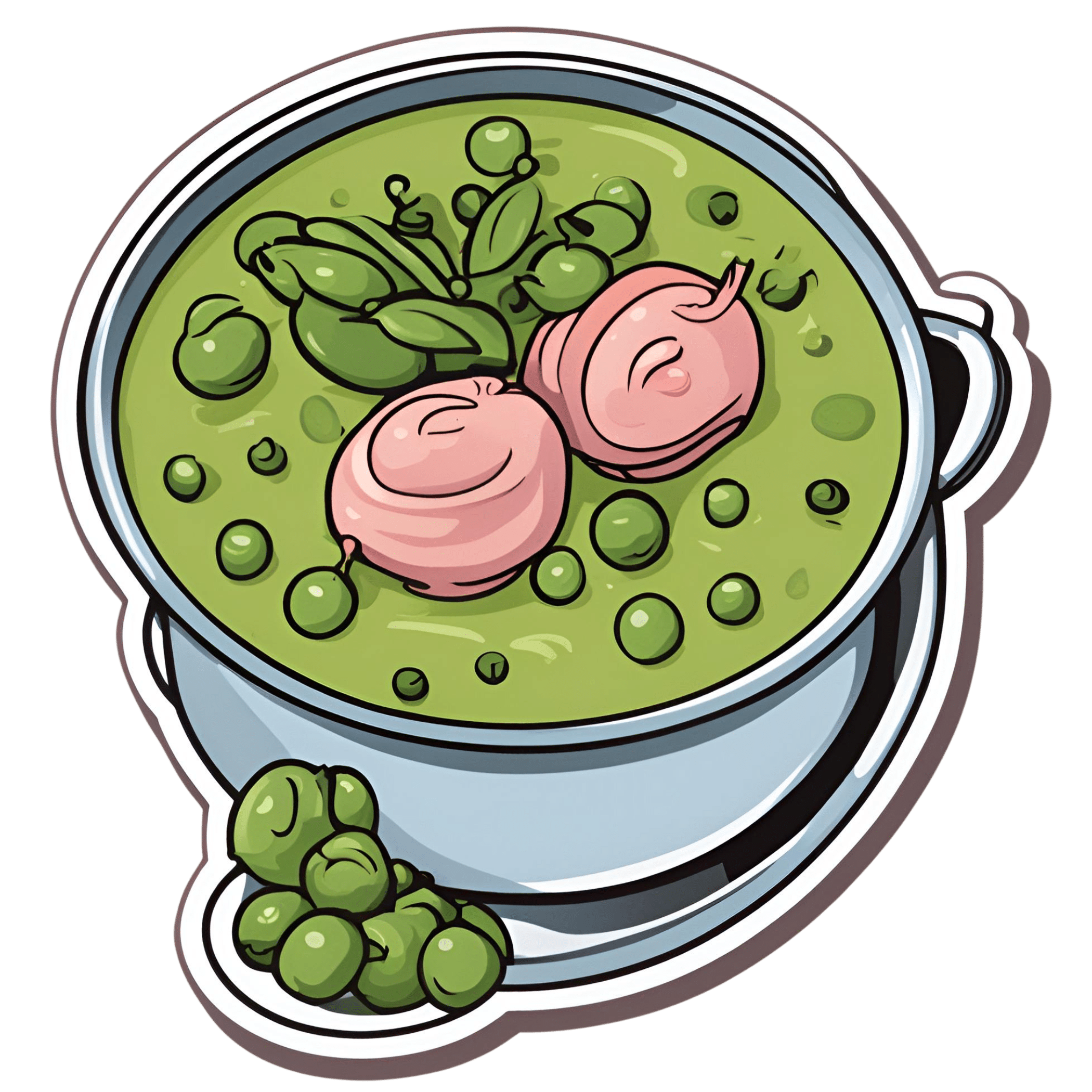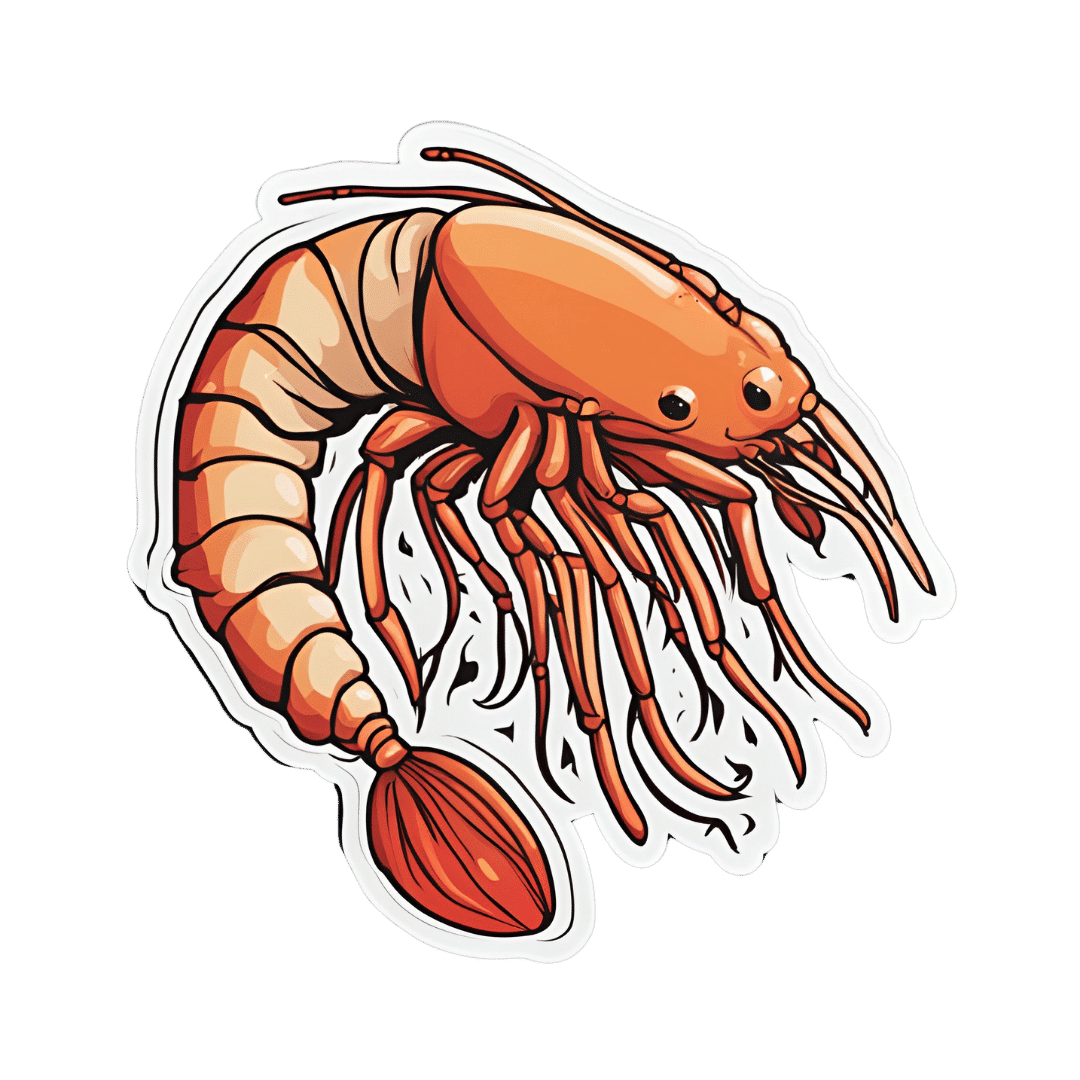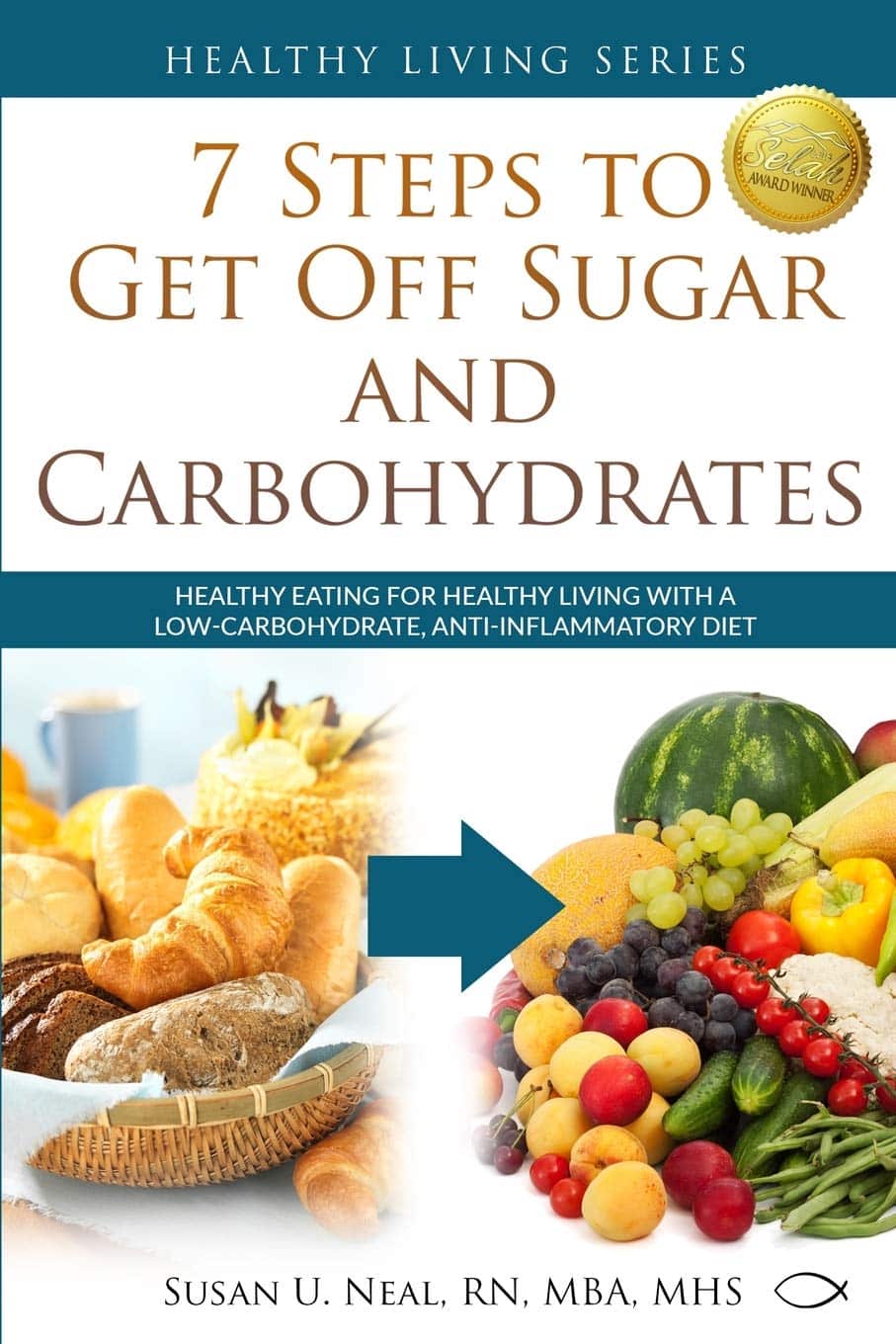
Avocado vs Olives – Which is Healthier?
10almonds is reader-supported. We may, at no cost to you, receive a portion of sales if you purchase a product through a link in this article.
Our Verdict
When comparing avocado to olives, we picked the avocado.
Why?
Both are certainly great! And when it comes to their respective oils, olive oil wins out as it retains many micronutrients that avocado oil loses. But, in their whole form, avocado beats olive:
In terms of macros, avocado has more protein, carbs, fiber, and (healthy) fats. Simply, it’s more nationally-dense than the already nutritionally-dense food that is olives.
When it comes to vitamins, olives are great but avocados really shine; avocado has more of vitamins B1, B2, B3, B5, B6, B7 B9, C, E, K, and choline, while olives boast only more vitamin A.
In the category of minerals, things are closer to even; avocado has more magnesium, manganese, phosphorus, potassium, and zinc, while olives have a lot more calcium, copper, iron, and selenium. Still, a marginal victory for avocado here.
In short, this is another case of one very healthy food looking bad by standing next to an even better one, so by all means enjoy both—if you’re going to pick one though, avocado is the more nutritionally dense.
Want to learn more?
You might like to read:
Avocado Oil vs Olive Oil – Which is Healthier? ← when made into oils, olive oil wins, but avocado oil is still a good option too
Take care!
Don’t Forget…
Did you arrive here from our newsletter? Don’t forget to return to the email to continue learning!
Recommended
Learn to Age Gracefully
Join the 98k+ American women taking control of their health & aging with our 100% free (and fun!) daily emails:
-
Ham Substitute in Bean Soup
10almonds is reader-supported. We may, at no cost to you, receive a portion of sales if you purchase a product through a link in this article.
It’s Q&A Day at 10almonds!
Have a question or a request? You can always hit “reply” to any of our emails, or use the feedback widget at the bottom!
In cases where we’ve already covered something, we might link to what we wrote before, but will always be happy to revisit any of our topics again in the future too—there’s always more to say!
As ever: if the question/request can be answered briefly, we’ll do it here in our Q&A Thursday edition. If not, we’ll make a main feature of it shortly afterwards!
So, no question/request too big or small
I am interested in what I can substitute for ham in bean soup?
Well, that depends on what the ham was like! You can certainly buy ready-made vegan lardons (i.e. small bacon/ham bits, often in tiny cubes or similar) in any reasonably-sized supermarket. Being processed, they’re not amazing for the health, but are still an improvement on pork.
Alternatively, you can make your own seitan! Again, seitan is really not a health food, but again, it’s still relatively less bad than pork (unless you are allergic to gluten, in which case, definitely skip this one).
Alternatively alternatively, in a soup that already contains beans (so the protein element is already covered), you could just skip the ham as an added ingredient, and instead bring the extra flavor by means of a little salt, a little yeast extract (if you don’t like yeast extract, don’t worry, it won’t taste like it if you just use a teaspoon in a big pot, or half a teaspoon in a smaller pot), and a little smoked paprika. If you want to go healthier, you can swap out the salt for MSG, which enhances flavor in a similar fashion while containing less sodium.
Wondering about the health aspects of MSG? Check out our main feature on this, from last month:
Share This Post
-
Tech Bliss – by Clo S., MSc.
10almonds is reader-supported. We may, at no cost to you, receive a portion of sales if you purchase a product through a link in this article.
The popular idea of a “digital detox” is simple enough, “just unplug!”, they say.
But here in the real world, not only is that often not practical for many of us, it may not always even be entirely desirable. The Internet (and our devices with all their bells and whistles) can be a source of education, joy, and connection!
So, how to find out what’s good for us and what’s not, in our daily digital practices? Clo. S. has answers… Or rather, experiments for us to do and find out for ourselves.
These experiments range from the purely practical “try this to streamline your experience” to the more personal “how does this thing make you feel?”. A lot of the experiments will be performed via your digital devices—some, without! Others are about online interpersonal dynamics, be they one-on-one or navigating a world in which it seems everyone is out to get us, our outrage, and/or our money. Still yet others are about optimizing what you do get from the parts of your digital experience that are enriching for you.
As the title suggests, there are 30 experiments, and it’s not a stretch to do them one per day for a month. But, as the author notes, it’s by no means necessary to do them like that; it’s a workbook and reference guide, not a to-do list!
(On the topic of it being a reference guide…There’s also an extensive tools directory towards the end!)
In short: this is a great book for optimizing your online experience—whatever that might mean for you personally; you can decide for yourself along the way!
Click here to get a copy of Tech Bliss: 30 Experiments For Your Digital Wellness today!
Share This Post
-
Most People Try The Wrong Way To Unshrimp Their Posture (Here’s How To Do It Better)
10almonds is reader-supported. We may, at no cost to you, receive a portion of sales if you purchase a product through a link in this article.
Many people try to correct posture by pulling the shoulders back and tucking in the chin, but that doesn’t work. Happily, there is a way that does! Kinesiologist Kyle Waugh demonstrates:
Defying gravity
The trick is simple, and is about how maintaining good posture needs to be unconscious and natural, not forced. After all, who is maintaining singular focus for 16 waking hours a day?
Instead, pay attention to how the body relates to gravity without excessive muscle tension, aligning the (oft-forgotten!) hips, and maintaining balance. The importance of hip position is really not to be underestimated, since in many ways the hips are a central axis of the body just as the spine is, and the spine itself sits in the hips.
A lot of what holds the body in poor posture tends to be localized muscle tensions, so address those with stretches and relaxation exercises.
For a few quick tests and exercises to try, enjoy:
Click Here If The Embedded Video Doesn’t Load Automatically!
Want to learn more?
You might also like to read:
6 Ways To Look After Your Back ← no video on this one, just 6 concepts that you can apply to your daily life
Take care!
Share This Post
Related Posts
-
The Cancer Code − by Dr. William Fung
10almonds is reader-supported. We may, at no cost to you, receive a portion of sales if you purchase a product through a link in this article.
We have previously reviewed, by the same author, “The Obesity Code” and “The Diabetes Code”, so, what does this one offer that’s new?
Mostly, it’s just a new focus, because the dietary approach is basically the same (because all three are fundamentally metabolism-related), with some small tweaks for cancer-specificity. If you’ve read one or more of the other books, you can probably comfortably get away with skipping this one, unless you or a loved one presently has cancer and you’re doing your best to squeeze out any extra 1% of anticancer potential.
Indeed, the former two books assumed that you are affected by obesity or diabetes, respectively, and this one assumes you are at least particularly concerned by cancer—he doesn’t assume you have it (although he does cover that too); he assumes however that you perhaps have a known risk factor or some other similar reason to be focusing on this.
To oversimplify a lot, the dietary approach recommended involves practising intermittent fasting, and also adjusting one’s diet to reduce fasting blood sugar levels and postprandial (after eating) blood sugar and insulin levels. Shocking nobody, he advocates for a lot of plants; he does however recommend a moderately low-carb diet (e.g. legumes are fine but maybe skip the fries).
The style is on the hard end of pop-science, while still quite readable provided one takes one’s time, and there are more than 30 pages of scientific references.
Bottom line: if you’d like to make your diet as anticancer as possible, this book will show you how.
Click there to check out The Cancer Code, and eat to beat cancer!
Don’t Forget…
Did you arrive here from our newsletter? Don’t forget to return to the email to continue learning!
Learn to Age Gracefully
Join the 98k+ American women taking control of their health & aging with our 100% free (and fun!) daily emails:
-
Why Your Brain Blinds You For 2 Hours Every Day
10almonds is reader-supported. We may, at no cost to you, receive a portion of sales if you purchase a product through a link in this article.
…and then covers its tracks so that you don’t notice:
Now you see it…
The world you experience is not an accurate representation of reality. Your brain actively constructs your perception, editing your memories as they happen and manipulating your sense of time. What you perceive as the present moment is actually a processed and reconstructed version of past events.
Nor is your vision anywhere near as detailed as it seems. Only a small central portion is in high resolution, while the rest is blurry. Your brain compensates for this by filling in the gaps with its best guess and/or what it believes is there from the last time you saw it. Your eyes constantly make rapid movements called saccades, and during these (i.e. when your eyes are moving), your vision momentarily shuts down—making you effectively blind for (in total, if we add them all up) about two hours every day (according to this video, anyway; our calculations find it to be more than that, but you get the idea). Your brain stitches together the visual input, creating a seamless experience that feels continuous (much like an animation reel composed of still images).
Why does it do this?
It’s because your senses operate at different speeds—light reaches your eyes in nanoseconds, sound in milliseconds, and touch signals in tens of milliseconds. However, your brain processes these inputs together, creating the illusion of a smooth and simultaneous experience. In reality, what you perceive as the present is actually a delayed and selectively edited version of the past.
Instead of showing you the world as it is, your brain predicts what will happen next. In high-speed situations, such as playing table tennis, if your brain relied on past sensory data, you wouldn’t react in time. Instead, it estimates an object’s future position and presents that prediction as your visual reality.
This also means that because your brain effectively sees things slightly sooner than you do, your brain has already prepared multiple possible responses and when an event occurs, it quickly selects the most likely course of action, deleting the alternatives before you are even aware of them. By the time you think you’ve made a decision, your body has already acted.
This goes for more than just the things we think of as requiring quick reactions!
Walking is a complex task that involves multiple time layers—your brain processes past feedback, assesses your current state, and predicts future movements. That’s why it was something that cyberneticists found difficult to recreate for a very long time. If something unexpected happens, like slipping cartoon-style on a banana peel, your body reacts before you consciously notice the danger. Your spinal cord and brainstem trigger emergency reflexes to stabilize you before your conscious mind even catches up.
For more on all of this, enjoy:
Click Here If The Embedded Video Doesn’t Load Automatically!
Want to learn more?
You might also like:
This Main Feature Should Take You Two Minutes (and 18 Seconds) To Read ← There’s a problem nobody wants to talk about when it comes to speed-reading; can you guess what it is based on what we just talked about above?
Take care!
Don’t Forget…
Did you arrive here from our newsletter? Don’t forget to return to the email to continue learning!
Learn to Age Gracefully
Join the 98k+ American women taking control of their health & aging with our 100% free (and fun!) daily emails:
-
7 Steps to Get Off Sugar and Carbohydrates – by Susan Neal
10almonds is reader-supported. We may, at no cost to you, receive a portion of sales if you purchase a product through a link in this article.
We will not keep the steps a mystery; abbreviated, they are:
- decide to really do this thing
- get knowledge and support
- clean out that pantry/fridge/etc and put those things behind you
- buy in healthy foods while starving your candida
- plan for an official start date, so that everything is ready
- change the way you eat (prep methods, timings, etc)
- keep on finding small ways to improve, without turning back
Particularly important amongst those are starving the candida (the fungus in your gut that is responsible for a lot of carb cravings, especially sugar and alcohol—which latter can be broken down easily into sugar), and changing the “how” of eating as well as the “what”; those are both things that are often overlooked in a lot of guides, but this one delivers well.
Walking the reader by the hand through things like that is probably the book’s greatest strength.
In the category of subjective criticism, the author does go off-piste a little at the end, to take a moment while she has our attention to talk about other things.
For example, you may not need “Appendix 7: How to Become A Christian and Disciple of Jesus Christ”.
Of course if that calls to you, then by all means, follow your heart, but it certainly isn’t a necessary step of quitting sugar. Nevertheless, the diversion doesn’t detract from the good dietary change advice that she has just spent a book delivering.
Bottom line: there’s no deep science here, but there’s a lot of very good, very practical advice, that’s consistent with good science.
Click here to check out 7 Steps to Get Off Sugar, and watch your health improve!
Don’t Forget…
Did you arrive here from our newsletter? Don’t forget to return to the email to continue learning!
Learn to Age Gracefully
Join the 98k+ American women taking control of their health & aging with our 100% free (and fun!) daily emails:







